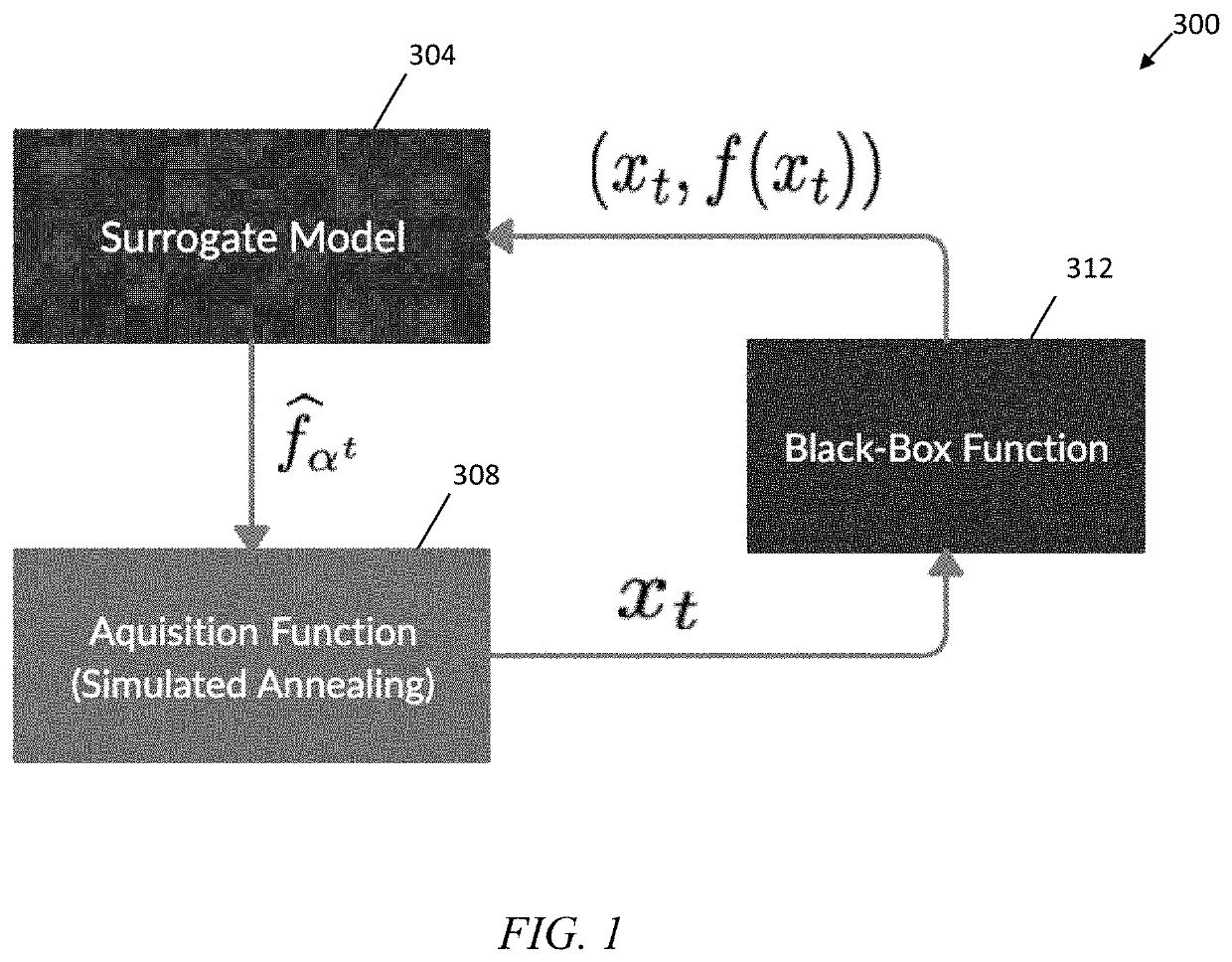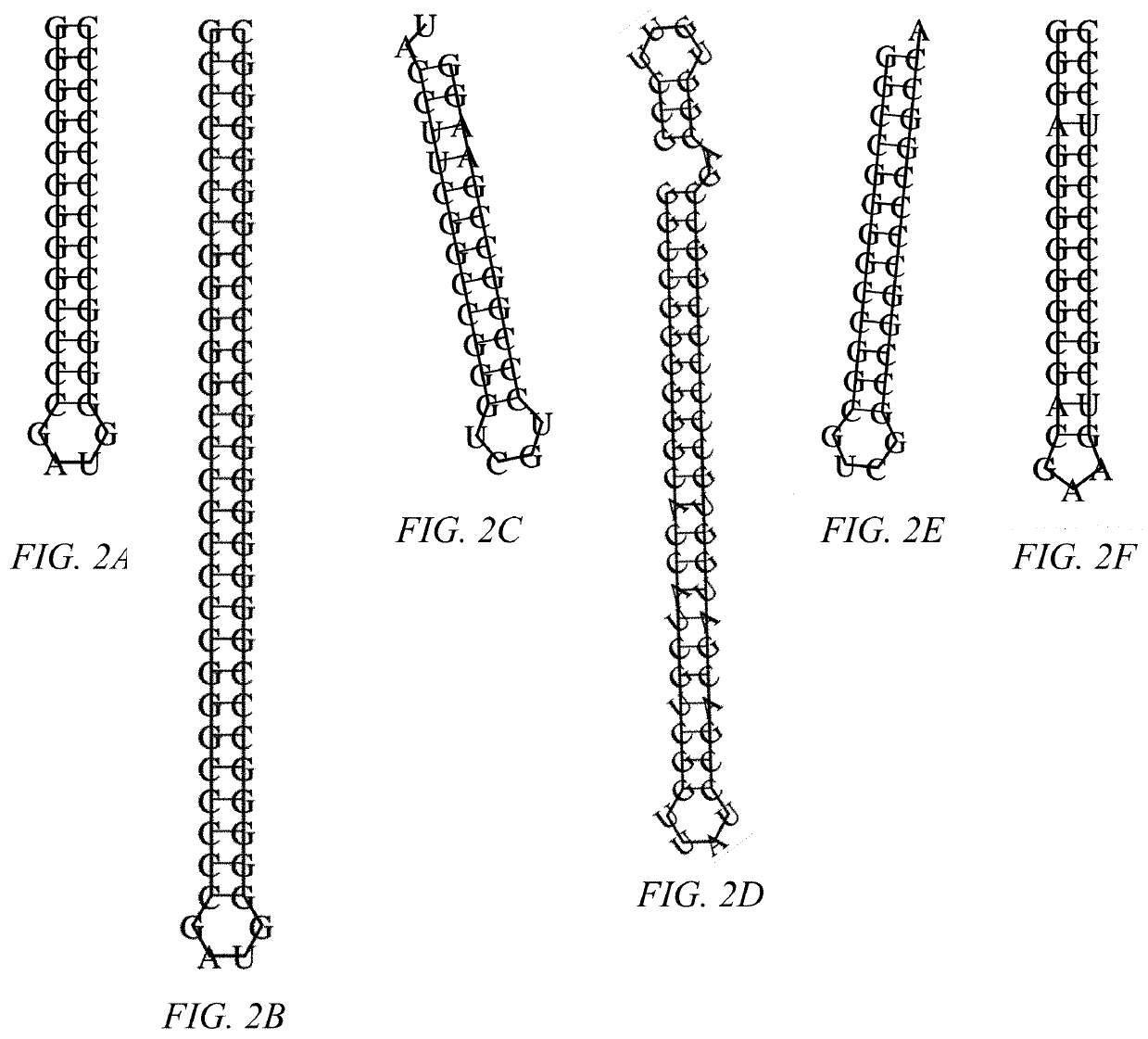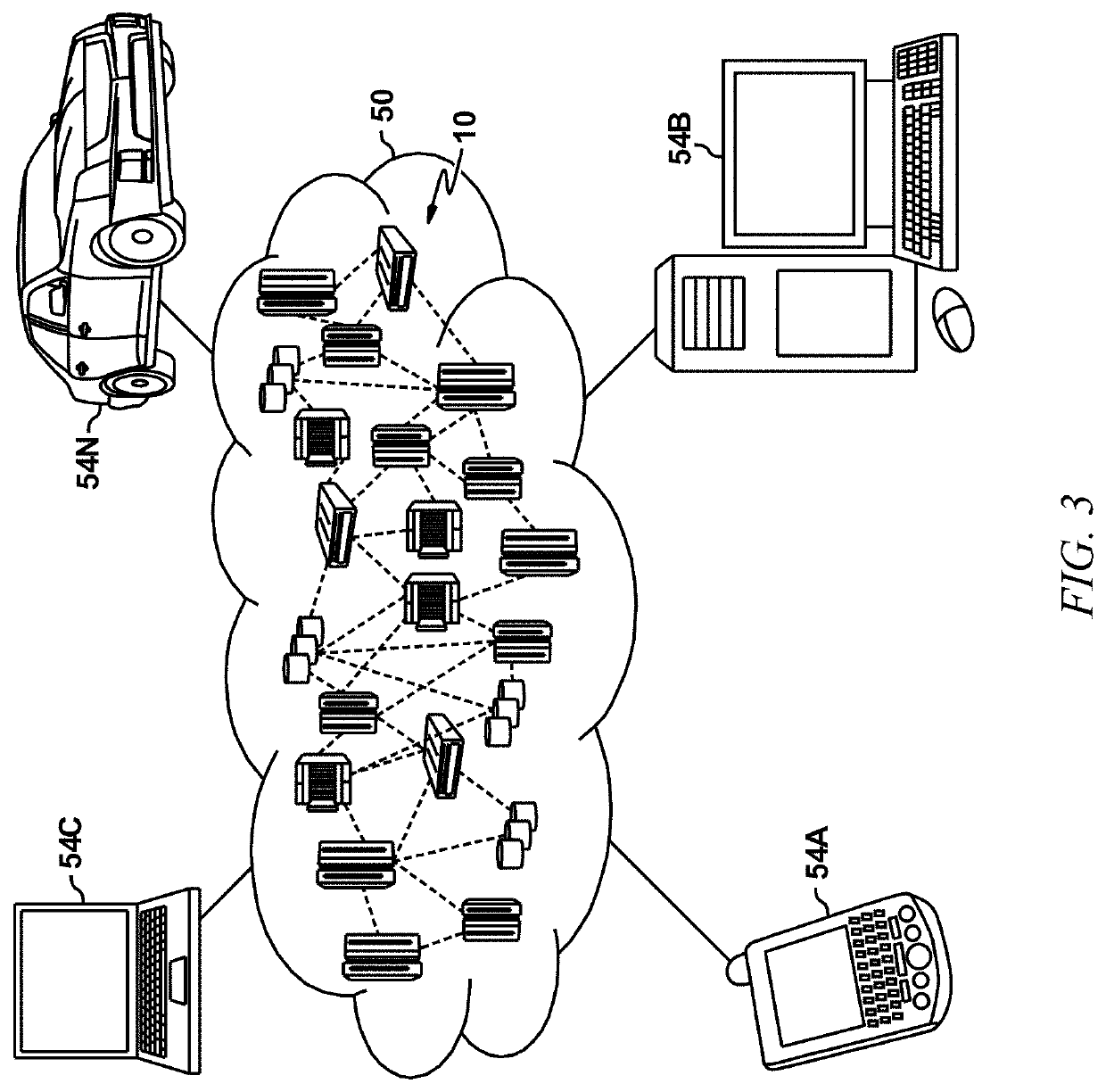Black box optimization over categorical variables
a black box optimization and categorical variable technology, applied in the field of black box optimization over categorical variables, can solve the problems of limited work on the incorporation of purely categorical type input variables, slow and expensive in practice, and particular challenges for categorical type variables
- Summary
- Abstract
- Description
- Claims
- Application Information
AI Technical Summary
Benefits of technology
Problems solved by technology
Method used
Image
Examples
Embodiment Construction
[0034]Optimization of real-world black box functions defined over purely categorical variables is an active area of research. In general, black box functions, including black box functions that utilize machine learning models, can be computationally expensive to run. Given the teachings herein, the skilled artisan will understand that the disclosed techniques improve the performance of the black box function. In particular, optimization and design of biological sequences with specific functional or structural properties have a profound impact in medicine, materials science, and biotechnology. Standalone acquisition methods, such as simulated annealing (SA) and Monte Carlo tree search (MCTS), are typically used for such optimization problems.
[0035]In one example embodiment, in order to improve the performance and sample efficiency of such acquisition methods, existing acquisition methods are used in conjunction with a surrogate model for the black box evaluations over purely categori...
PUM
 Login to View More
Login to View More Abstract
Description
Claims
Application Information
 Login to View More
Login to View More - R&D
- Intellectual Property
- Life Sciences
- Materials
- Tech Scout
- Unparalleled Data Quality
- Higher Quality Content
- 60% Fewer Hallucinations
Browse by: Latest US Patents, China's latest patents, Technical Efficacy Thesaurus, Application Domain, Technology Topic, Popular Technical Reports.
© 2025 PatSnap. All rights reserved.Legal|Privacy policy|Modern Slavery Act Transparency Statement|Sitemap|About US| Contact US: help@patsnap.com



